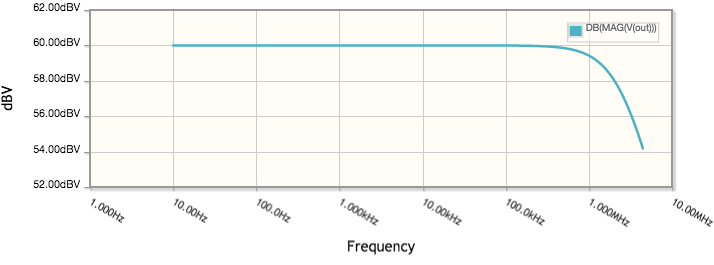I'm trying to analyse the AC response of a transimpedance amplifier with LTSpice. I have a current source set to "small signal analysis" with 1mV as the input of the amplifier stage. I run and probe the output but I get 0dB at low frequencies. So I conclude that LTSpice is using the input voltage as reference and not the input current.
I believe I need to explicitly tell LTSpice to plot amplitude and phase of outputVoltage/inputCurrent signals. How can this be done?
If you need more information, please let me know.
Here's a picture of my circuit and resulting analysis. With a resistor of R1=1k I'd expect to get an amplitude of 20log(210mV/210uA) = 60dB at low frequencies. Instead I get 0dB.



